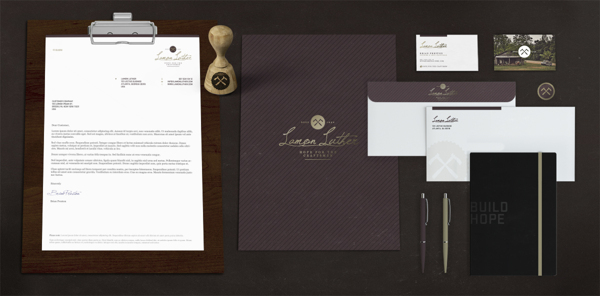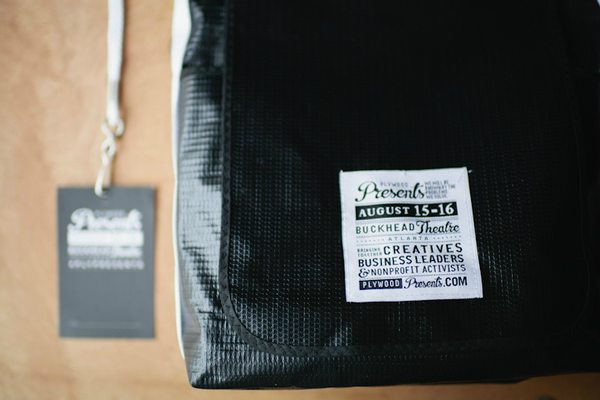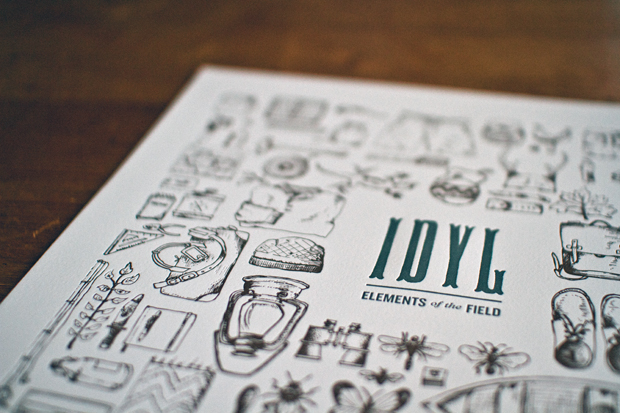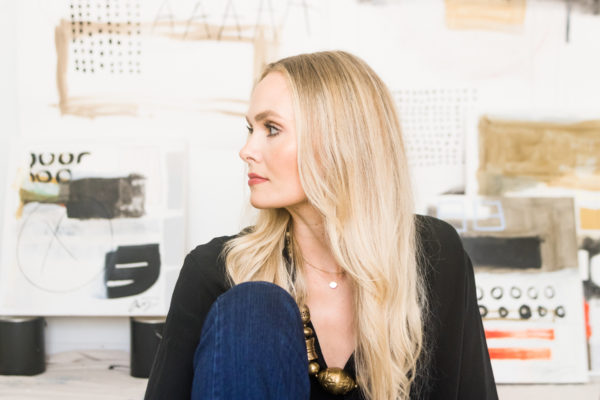Russell Shaw notices things—a lot. He can’t really help it, which means inspiration comes from a broad spectrum of sources. He finds it in the short stories of F. Scott Fitzgerald, the architecture of Paris, and even a college baseball cap.
One of the main points with Shaw is that, as a graphic designer, he doesn’t confine himself to singular avenues. He transitions genres and mediums, going from font creation to book jackets to poster illustrations to wooden block carvings. Even feedback and creative input don’t come only from other visual artists; he seeks it from actors and authors and musicians—because they also notice things. As an artist and designer, he has done work for Microsoft, Sweetwater Brewery, AMC’s “Breaking Bad,” among other local organizations. He focuses on illustration, branding design, print and production design and packaging.
CommonCreativ talks with Shaw about absorbing inspiration, the collaborative process and Jay-Z.
CommonCreativ: When advising high-school students, you say, “Be collaborate and not competitive.’ How do you fight off the competitive impulse?
Russell Shaw: It depends on who you compare yourself to. If you’re comparing yourself to your peers, that’s only gonna create tension among the people you really want to hang out with, because they’re probably gonna ‘get’ you more than other people will because you all like the same things and they’re passionate about the same things. But I’ve realized this at one point: It’s doing me a disservice to compare myself to my peers because we’re all on the same level. And if we nit-pick about these small things, that’s not really challenging me to propel myself. So I decided not to compare myself to friends that are designers. Just celebrate what everybody else is doing around you.
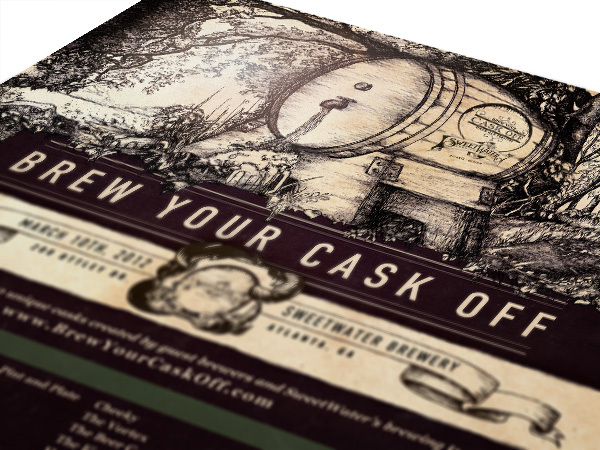 CC: Which do you think plays a bigger role in success: self-doubt or confidence?
CC: Which do you think plays a bigger role in success: self-doubt or confidence?
RS: I think it’s a balance. Self-doubt has a valuable place in my creative process. I have an achiever personality, which sucks sometimes, but I think the good thing about it is I doubt anything that I’ve done before, and I’m excited about anything I’m working on at the time. And for a while, there was a struggle. My portfolio is constantly, slowly filling up with projects that I eventually come to hate. That bothered me for a while. I think that self-doubt—if you look at it in that light—means that everything you do, even if you grow past it or it fails, it’s valuable because whatever you do next is better. Self-doubt for projects that I’ve done in the past gives me confidence for projects I’m working on at the moment.
CC: Why do you say turning the computer off is a good thing?
RS: Our graphic design lab was a massive Mac lab. Every desk was equipped with a huge 24-inch iMac. You sit down and the first thing you see is a Mac. So that’s your introduction. Here’s an Apple computer and here’s the full Adobe suite, and this is graphic design.
I think that’s harmful because the design from 30, 40 and 50 years ago—even back to the 1890s—was all about ‘There is no limitation.’ And our limitations are expanding as we increase what we can do with software and technology. There’s some really exciting stuff. But I think it’s dangerous to start with that at the beginning of the process because you’re instantly limited to only what you can do with technology.
CC: Do you think art allows you to give back to society in a way?
RS: Absolutely. It’s one of the very few ways I know how. And it’s the way I feel like I’m the most connected. If you can give money to stuff then sure, donate to people—but if you give time, energy and resources, all of a sudden you’re putting yourself into that giving back. So I love that art is something you can give back and put yourself into giving back with it. Art can evoke feelings in people that words by themselves can’t.
CC: How important is it to do personal projects?
RS: It’s vital. People ask me sometimes how I keep going and keep designing without getting burned out, and it’s because I have to take some times where I just say ‘OK, I’m not going to design something for anybody else and maybe I’ll just make something for myself.’
Most of the time I never put that stuff out there. I have boxes of illustrations, hand-lettered posters or things that I’ve done that I’m never going to show anybody. And that’s kind of the beauty of having them. Those were my relief periods. You can’t just keep going like that with that hamster-wheel cycle. The problem with client work is that you’re always answering questions for other people and very rarely do you just get total creative freedom. But personal work is just, “What’s in my heart and in my mind today?” And then I make that.
CC: What’s your dream project?
RS: When [Jay-Z’s] Blueprint III came out, I think six years ago, I saw that album artwork and I thought that if I could ever do anything in graphic design, it would be to do his album artwork.
CC: What do you think of the Atlanta art scene?
RS: I’ve heard a number of people say that Atlanta is a city that’s up for the making—that the artists here have the ability to shape what they want the arts culture to look like, which creates an enormous potential to define and mold the city into what we believe it should be rather than what we believe we have to assimilate into. We can even see the idea in Atlanta’s history; our emblem is a phoenix rising from the ashes, referring to Atlanta having to rebuild itself. I think that, in a lot of ways, we are still trying to figure out what it is that we are rebuilding, and that creates an exciting energy among the artists.
There are less boundaries here. There is a lot of experimentation. It’s not New York where it’s everywhere already, or Florence or Paris where it’s so historical and established. A lot of artists come here because they see it as a springboard city that receives newcomers and allows them time and space to start something unique. It’s hard not to feel an overwhelming sense of excitement when Living Walls paints the town, or you see what fresh SCAD designers are creating, or you set foot on the Goat Farm or tour Castleberry Hill when Flux sets up. The art scene is vibrant, growing, ambitious and youthful. I just hope that some will stay here in order to turn their energy into wisdom as they grow in experience over time.
Check out more of Russell Shaw’s work here.

